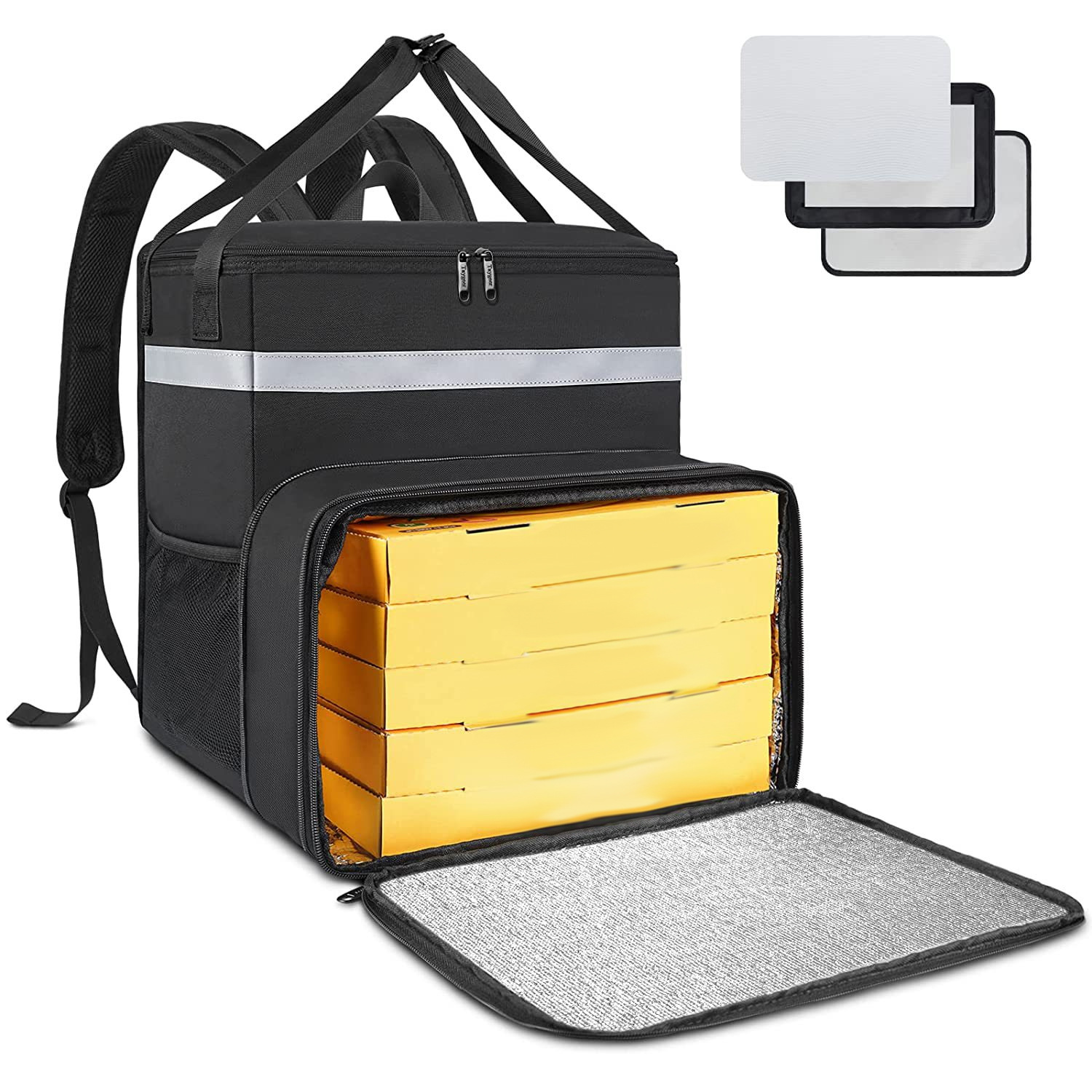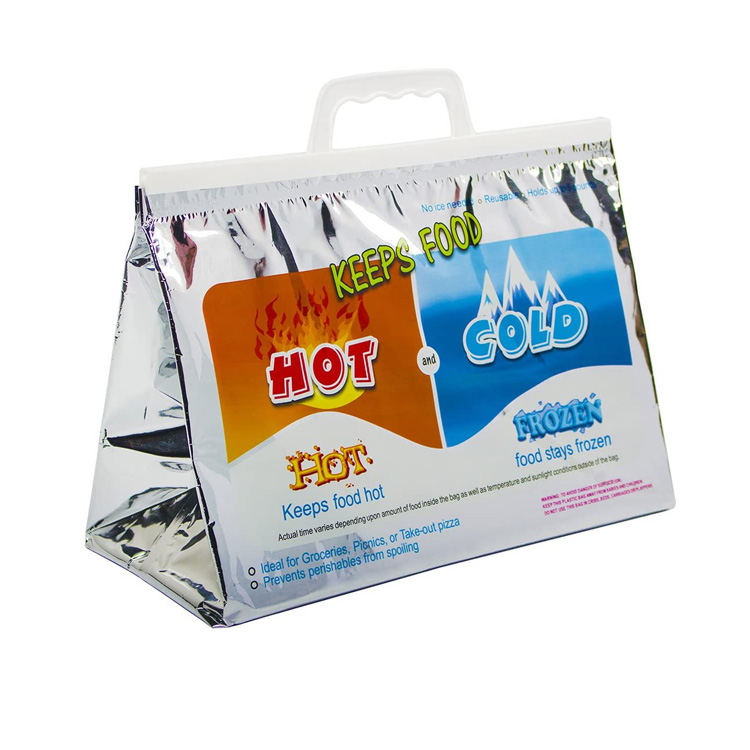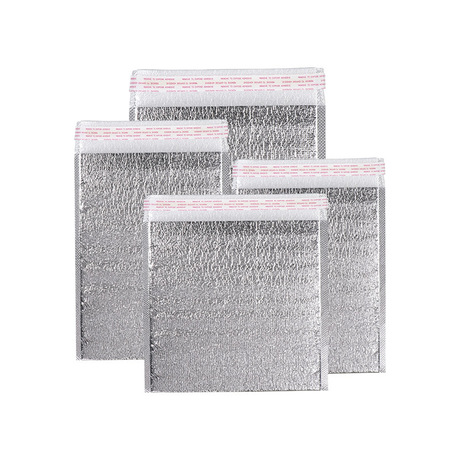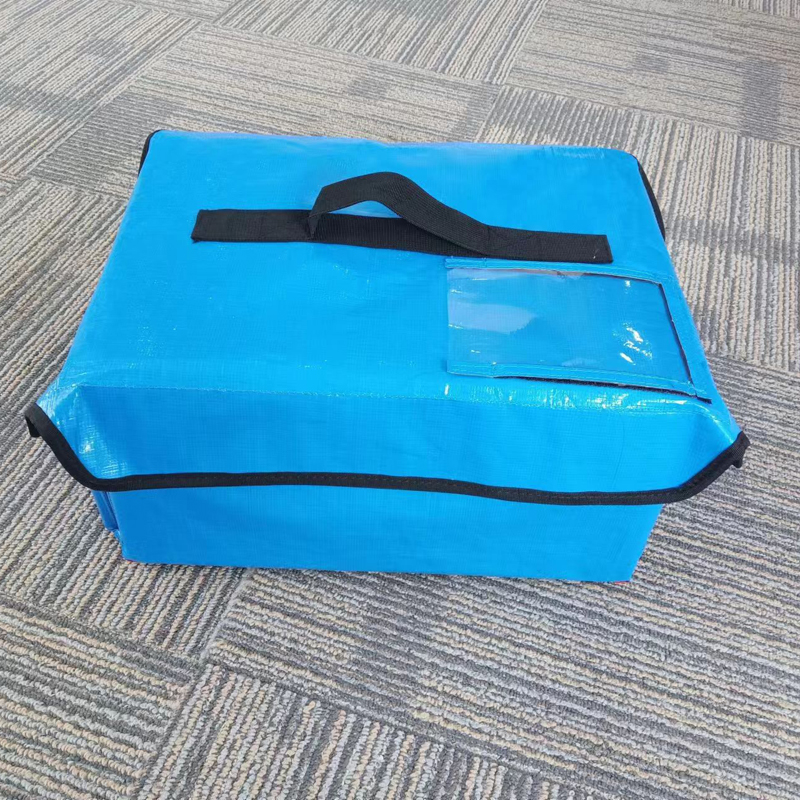Water-filled ice bags are effective tools for cooling and insulation, but to maximize their cooling efficiency and prolong their lifespan, it’s important to use them correctly. Here are the best practices for using water-filled ice bags:
1. Choose the Right Size Ice Bag
Make sure to choose a water-filled ice bag that suits your needs in terms of size and capacity. Larger ice bags are better for long-term cooling, while smaller ones are more convenient for short-term use. Choosing the right size can improve cooling efficiency and make better use of storage space.
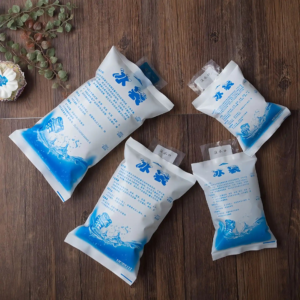
2. Follow Instructions for Proper Water Filling
Avoid overfilling or underfilling the ice bag. Overfilling increases internal pressure, which could cause the bag to break, while underfilling may not provide sufficient cooling. Always follow the instructions on the product manual to ensure the ice bag is filled properly for optimal performance.
3. Ensure a Tight Seal
After filling the ice bag, make sure the seal is completely secure. Check that the water inlet is properly closed, with no gaps or leaks, to prevent water from spilling out during use, which could reduce cooling effectiveness or damage other items.
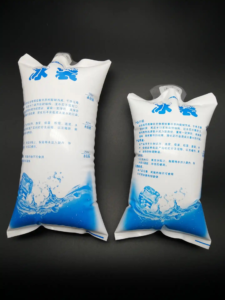
4. Avoid Excessive Compression
When using the water-filled ice bag, avoid applying excessive pressure, especially during storage or transportation. Avoid sharp objects or heavy items that may puncture or damage the bag, particularly at the seams. For transportation, it’s recommended to store the ice bag in a safe container to avoid exposure to high temperatures and physical impacts.
5. Store in an Appropriate Temperature Environment
Before and after use, avoid exposing the ice bag to extreme temperatures. High heat can deform the bag or compromise the seal, affecting its cooling performance. After use, store the ice bag in a cool, dry place, away from direct sunlight, to extend its lifespan.
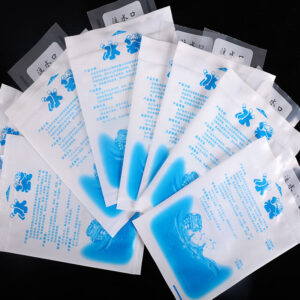
6. Regularly Check the Condition of the Ice Bag
Even high-quality ice bags may experience wear and tear after repeated use. Regularly inspect the bag for cracks, leaks, or deformities. Ensure the seal is intact and there are no damages that could impact performance.
7. Replace or Repair When Necessary
If the ice bag shows signs of cracks, leaks, or irreversible damage, replace or repair it promptly. For optimal cooling performance, choose high-quality water-filled ice bags that are more durable and provide long-lasting performance.
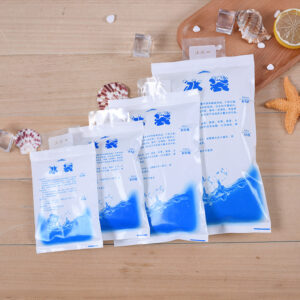
8. Use in the Right Applications
Water-filled ice bags are suitable for various applications such as cold chain transportation, food preservation, and first aid cooling. Make sure to select the right type of ice bag for your needs and avoid using them in inappropriate environments or overusing them.
Conclusion
By following these best practices — choosing the right size ice bag, properly filling it with water, ensuring a tight seal, avoiding excessive pressure, and storing it in a suitable environment — you can ensure the water-filled ice bag provides maximum cooling efficiency and lasts longer. These simple steps will help you get the best cooling performance and extend the lifespan of your ice bag.







